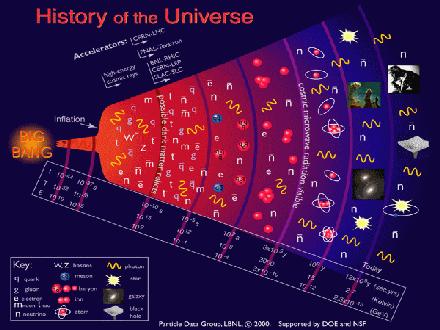Unfortunately I was right: at least in predicting that the INFN exam dubbed "R5" would not go deserted. The R5 exam, which in exchange for a stressful pair of written tests (which I am trying to get a hold of, to report on it here) guaranteed nothing that the participants did not have beforehand -a certification of readiness for a temporary position within INFN, which the institute cannot however offer, being short of cash-, saw the participation of 178 candidates among the about 350 who had submitted their application a couple of months ago. Barely more than half: this is a victory, since the participation is sufficient to grant value to the results.
"The INFN directorate may have invented the Identity operator in the space of qualifying exams"
Guido Volpi (commenting on FB on the very offensive R5 exam held today by INFN post-docs).
The
2009 World Conference on Science Journalism took place last week in heat-wave-struck London, at the convenient location of
Westminster Central Hall (see below). More than 900 delegates got together from 90 countries to discuss the future of science journalism, understand the challenges the field is facing, and finding strategies to face them. An impressive event, excellently organized.

As I promised a week ago, I am posting answers to a few of the 42 questions which constituted the
first part of an the exam selecting experimental particle physicists for the INFN (the italian institute of nuclear physics) four years ago. Next week, a similar exam will take place to "qualify" post-doctoral scientists which aspire at a temporary position with INFN.
In a few days, scores of Italian post-doctoral researchers in experimental particle physics will get tested on their knowledge of the matter, without any promise of a position, but just to get one further "stamp" on their curriculum, testifying that they are competent enough to be worth offering a temporary position by INFN, the Italian Institute for (sub)Nuclear Physics. So this is a national exam, with the sole purpose of giving a green light to be admitted to two-year positions , which are typically paid less than 1400 euros a month, and which are so far not available. Frankly, I feel ashamed, since I myself work for INFN, and I strongly disagree with its current recruitment policies.
 Conferences Good And Bad, In A Profit-Driven Society
Conferences Good And Bad, In A Profit-Driven Society USERN: 10 Years Of Non-Profit Action Supporting Science Education And Research
USERN: 10 Years Of Non-Profit Action Supporting Science Education And Research Baby Steps In The Reinforcement Learning World
Baby Steps In The Reinforcement Learning World Restoring The Value Of Truth
Restoring The Value Of Truth



 Patrick Draper is a graduate student in physics at the University of Chicago and Argonne National Lab. He is a native of Illinois and lives in Hyde Park, Chicago with his wife Karen and parrot Felix, to whom he is grateful for their love, patience, and correcting his sign errors. He is a supporter of the international effort to put a muon collider on Mars, and is waiting for NASA to return his phone calls.
Patrick Draper is a graduate student in physics at the University of Chicago and Argonne National Lab. He is a native of Illinois and lives in Hyde Park, Chicago with his wife Karen and parrot Felix, to whom he is grateful for their love, patience, and correcting his sign errors. He is a supporter of the international effort to put a muon collider on Mars, and is waiting for NASA to return his phone calls.


